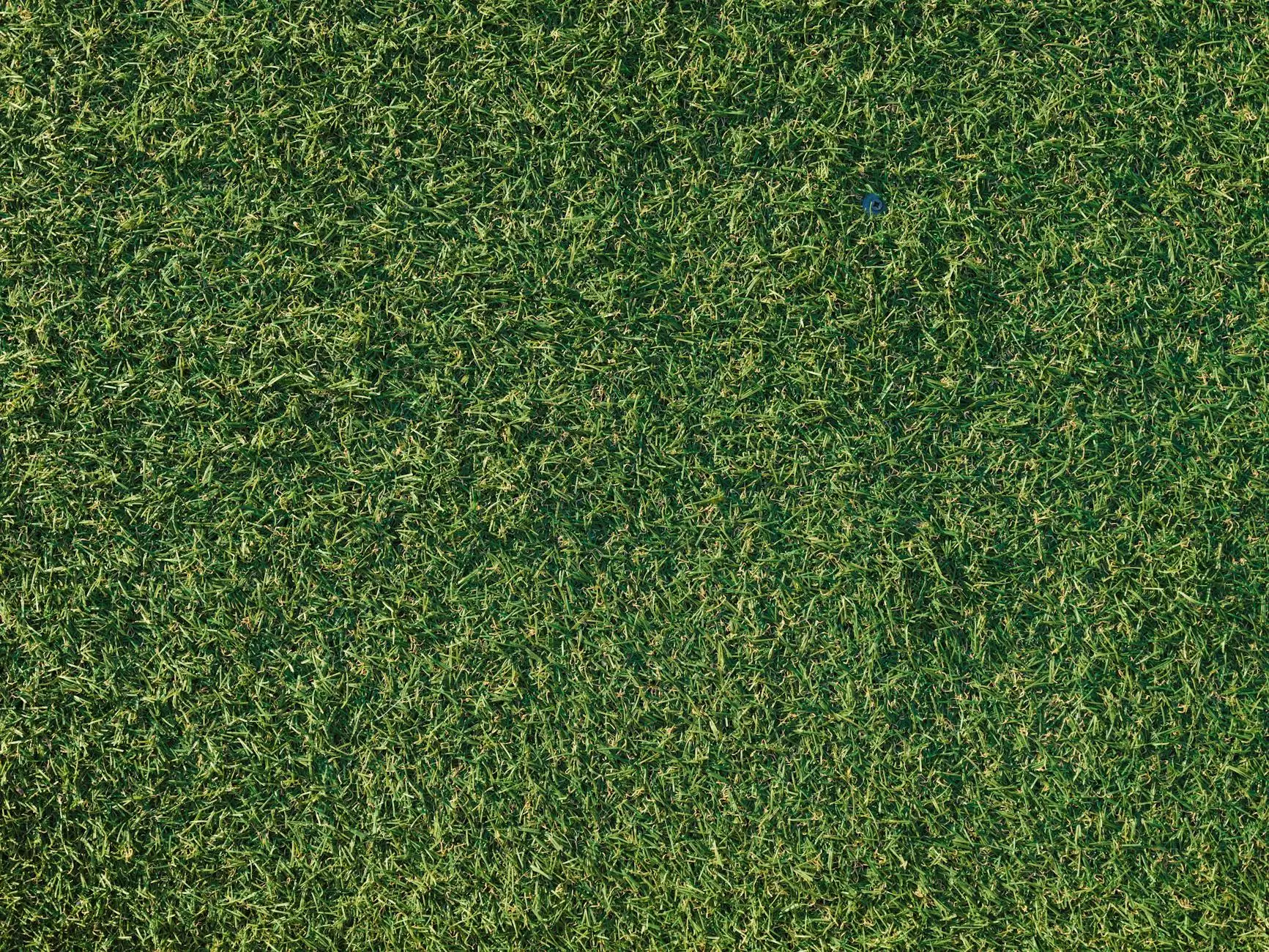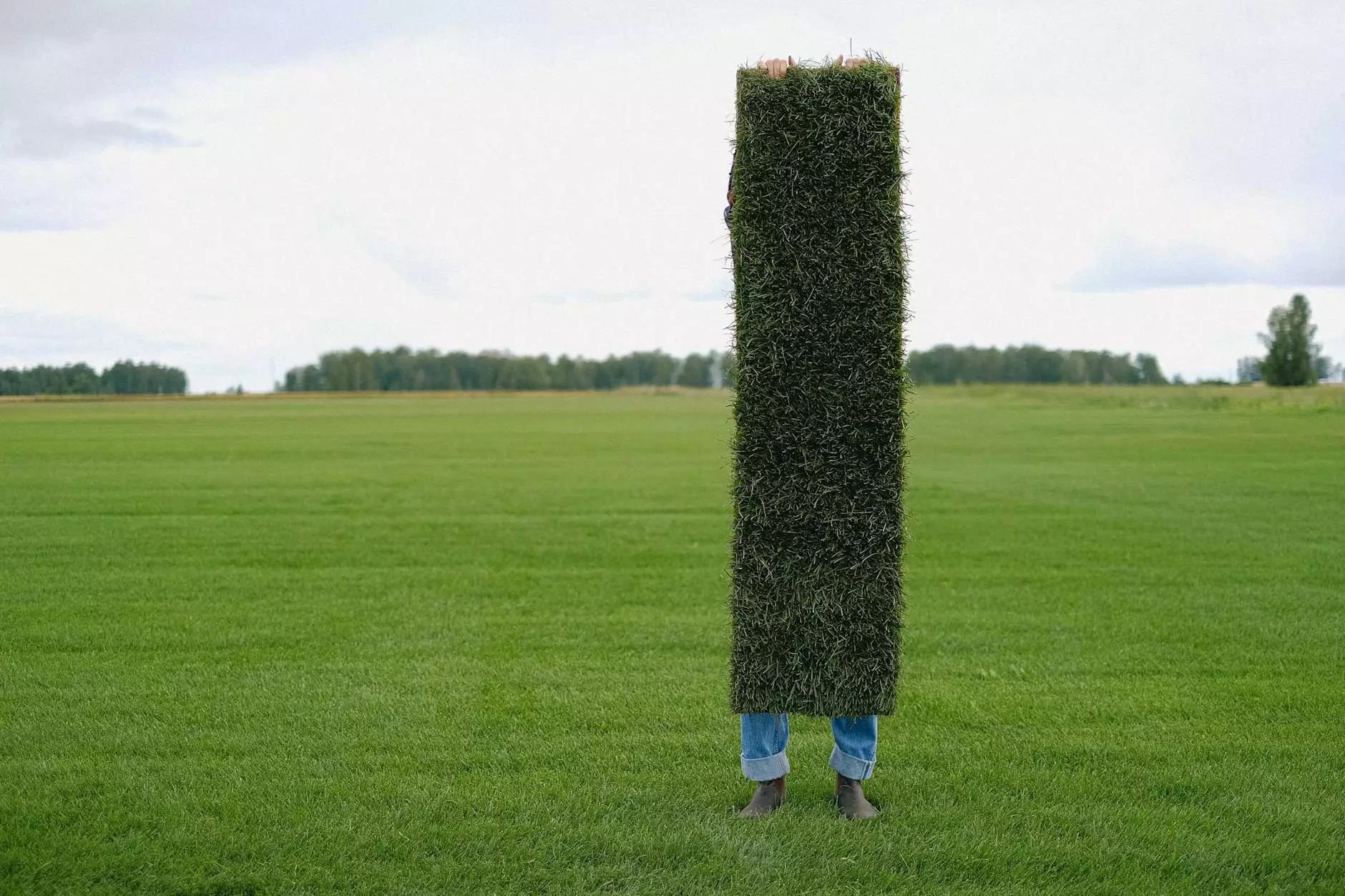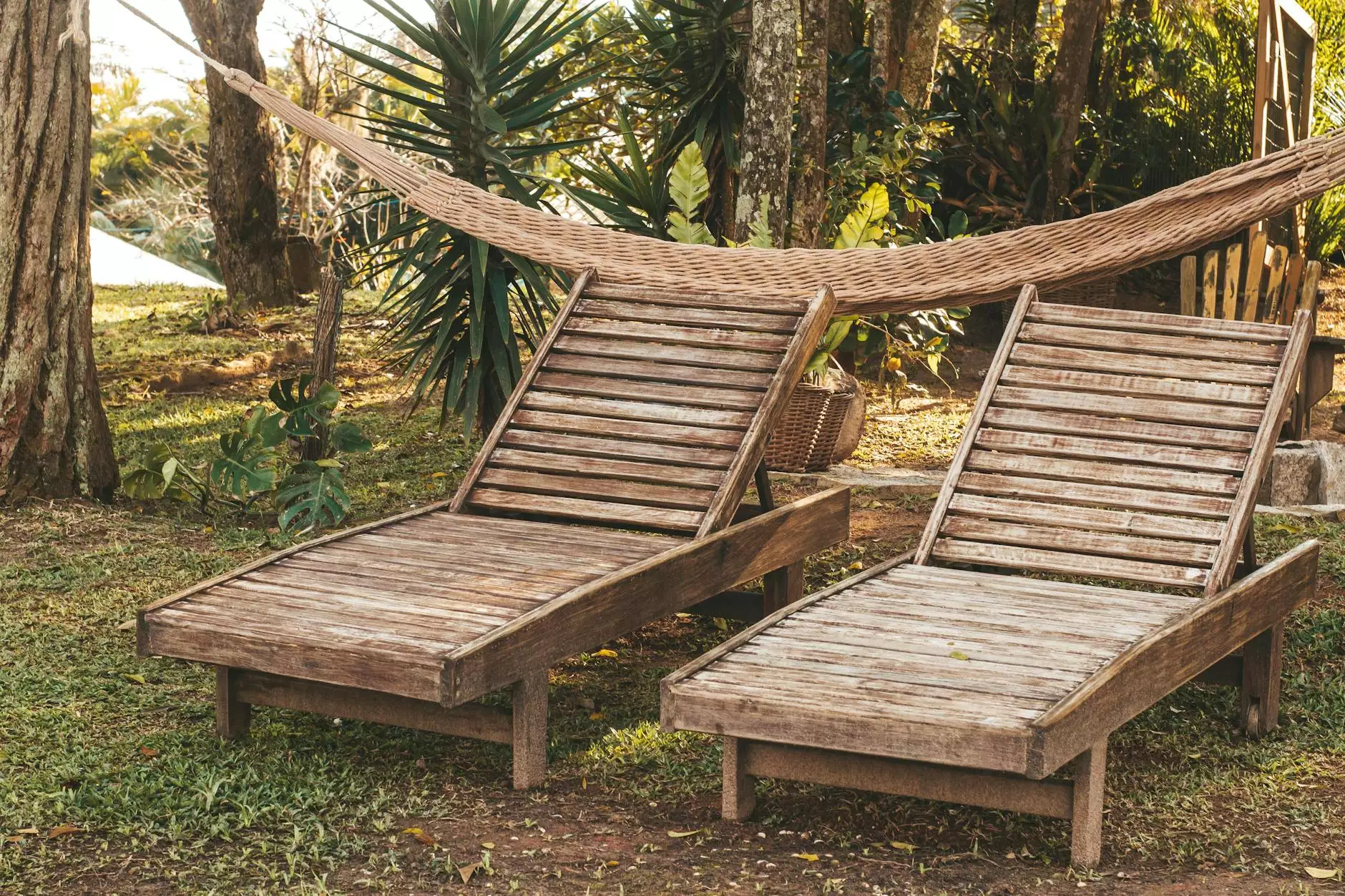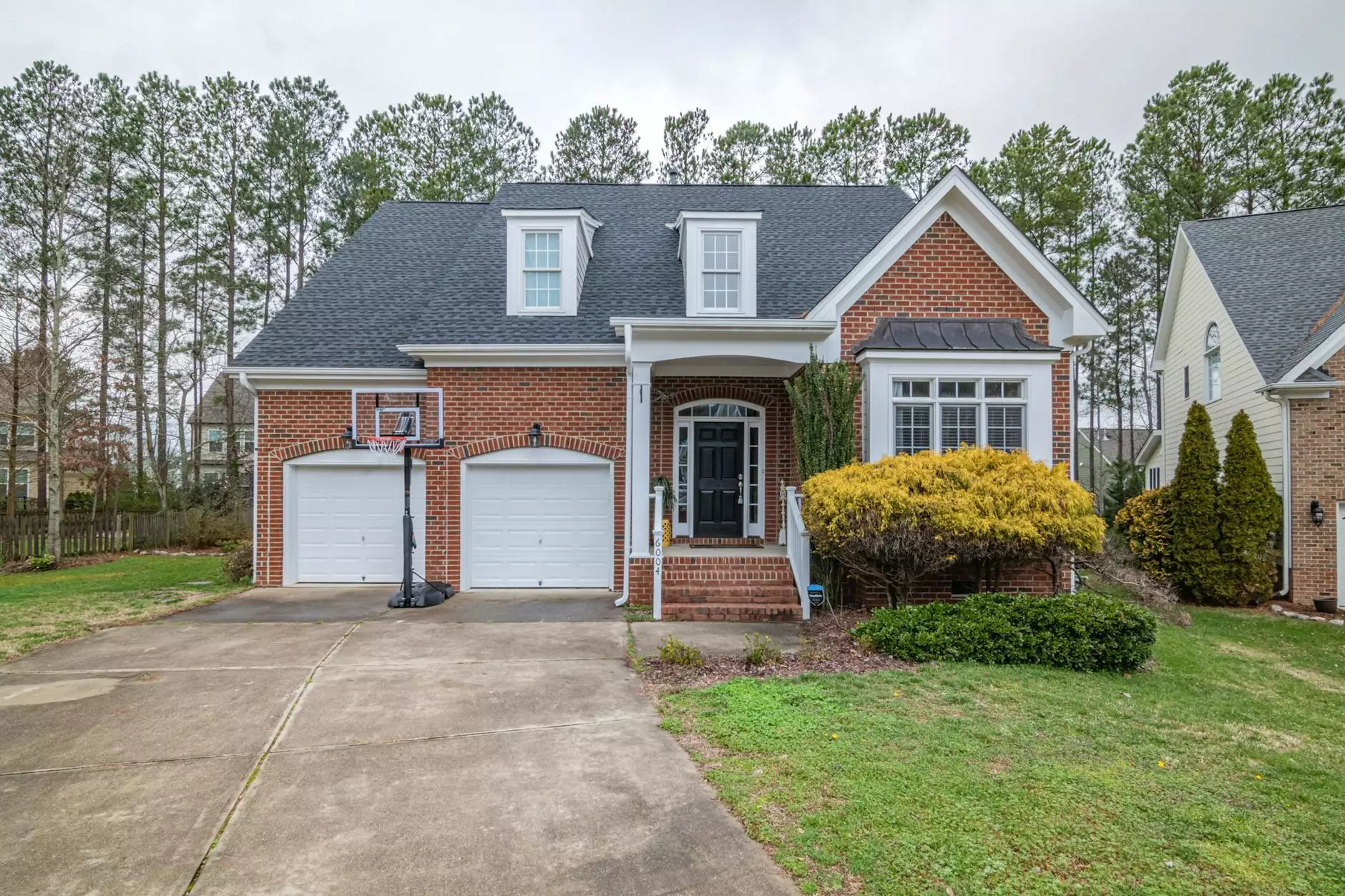Choosing the Best Thickness for Artificial Grass
Artificial Grass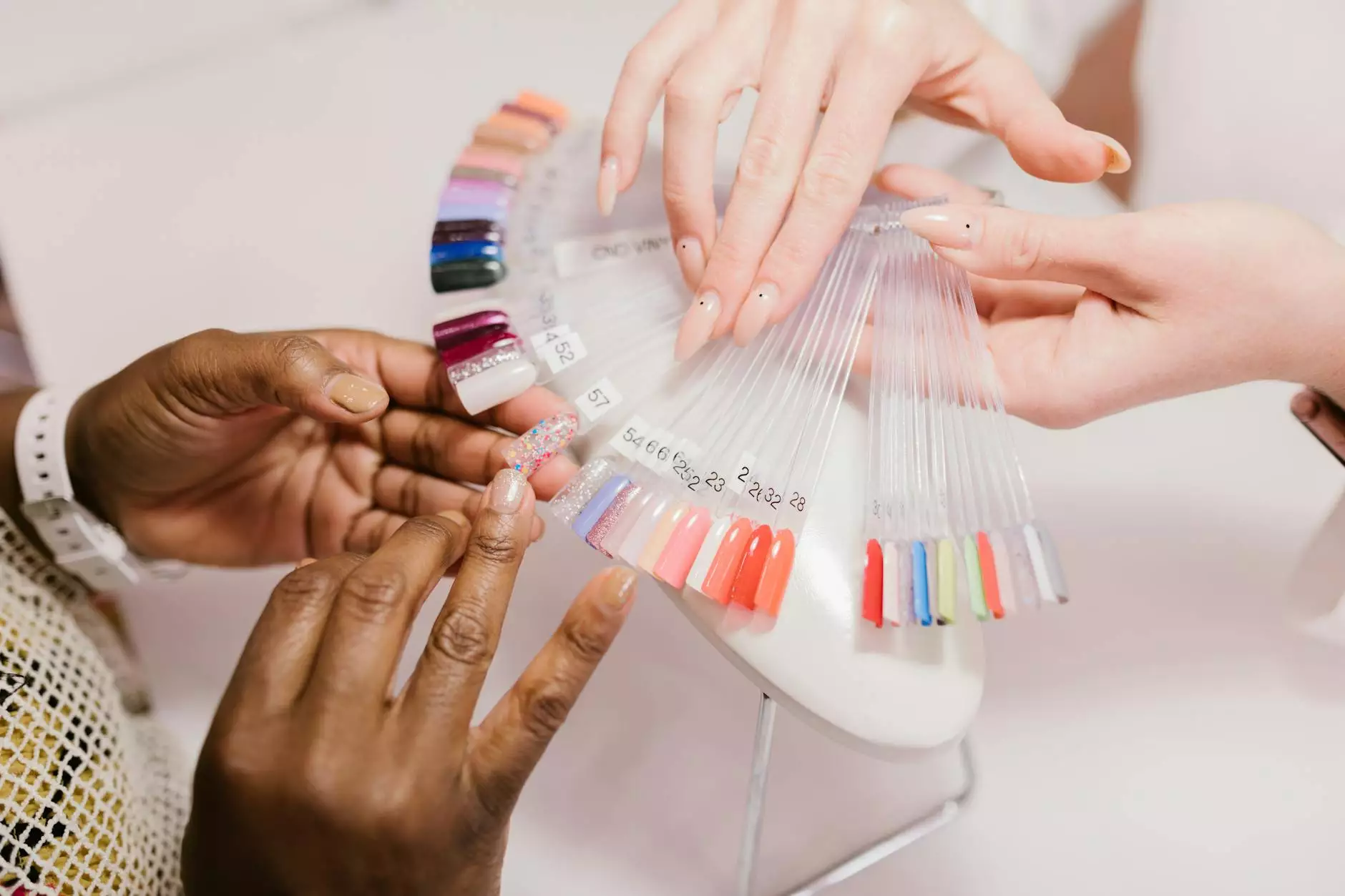
When it comes to artificial grass, one important factor to consider is the thickness of the turf. The thickness of the artificial grass can impact its durability, performance, and overall appearance. At Metate Industrial Supply, we understand the importance of finding the right thickness for your specific needs. In this article, we will explore the different thickness options available and help you make an informed decision.
The Benefits of Artificial Grass
Before diving into the specifics of thickness, let's briefly discuss the advantages of artificial grass. Artificial grass has become increasingly popular due to its low maintenance requirements, water conservation benefits, and aesthetic appeal. Whether you are looking for a lush lawn for your backyard or a durable surface for a sports field, synthetic turf offers numerous advantages over natural grass.
Understanding Artificial Grass Thickness
Artificial grass is available in various thickness options, ranging from a few millimeters to over an inch. The thickness of the turf is measured by the height of the blades. The choice of thickness largely depends on the intended use of the turf.
1. Landscaping and Residential Use
For residential landscaping purposes, a turf thickness of around 25-30 millimeters is typically sufficient. This thickness provides a natural-looking lawn while offering durability and comfort for everyday use. It is ideal for homeowners who want to transform their outdoor space into a beautiful oasis without the hassle of constant maintenance.
2. Commercial and High-Traffic Areas
For commercial applications or areas with high foot traffic, a thicker turf is recommended. Turf with a thickness of 40-45 millimeters is more resilient and can withstand heavy usage. It is suitable for sports fields, playgrounds, and public spaces where durability is crucial.
3. Sports and Performance Fields
In sports fields or areas where athletic performance is a priority, a thickness of 50-60 millimeters is preferred. The thicker turf provides enhanced shock absorption, preventing injuries and ensuring optimal performance. Whether you need a turf for soccer, football, or golf, choosing the appropriate thickness is essential to meet specific performance requirements.
Factors to Consider When Choosing Thickness
While the intended use is a key factor in determining the best thickness for artificial grass, there are a few other factors to consider:
1. Budget
Thicker turf tends to be more expensive due to the increased material required. Consider your budget and weigh the benefits of thickness against the cost. Our team at Metate Industrial Supply can assist you in finding the best balance between quality and affordability.
2. Maintenance
Thicker turf may require additional maintenance, such as regular brushing or infill replenishment. Factor in the time and effort you are willing to dedicate to the upkeep of your artificial grass. Our experts can provide guidance on the maintenance requirements for different thickness options.
3. Look and Feel
Consider the visual appeal and texture you desire for your artificial grass. Thicker turf generally offers a more realistic look, closely resembling natural grass. If aesthetics are a priority, a thicker turf may be the right choice for you.
Conclusion
Selecting the right thickness for your artificial grass is crucial to achieving the desired look, performance, and durability. Assess your specific needs, considering factors such as usage, budget, maintenance, and aesthetics. At Metate Industrial Supply, we offer a wide range of artificial grass thickness options to cater to various applications. Contact us today to find the perfect artificial grass solution for your project.

